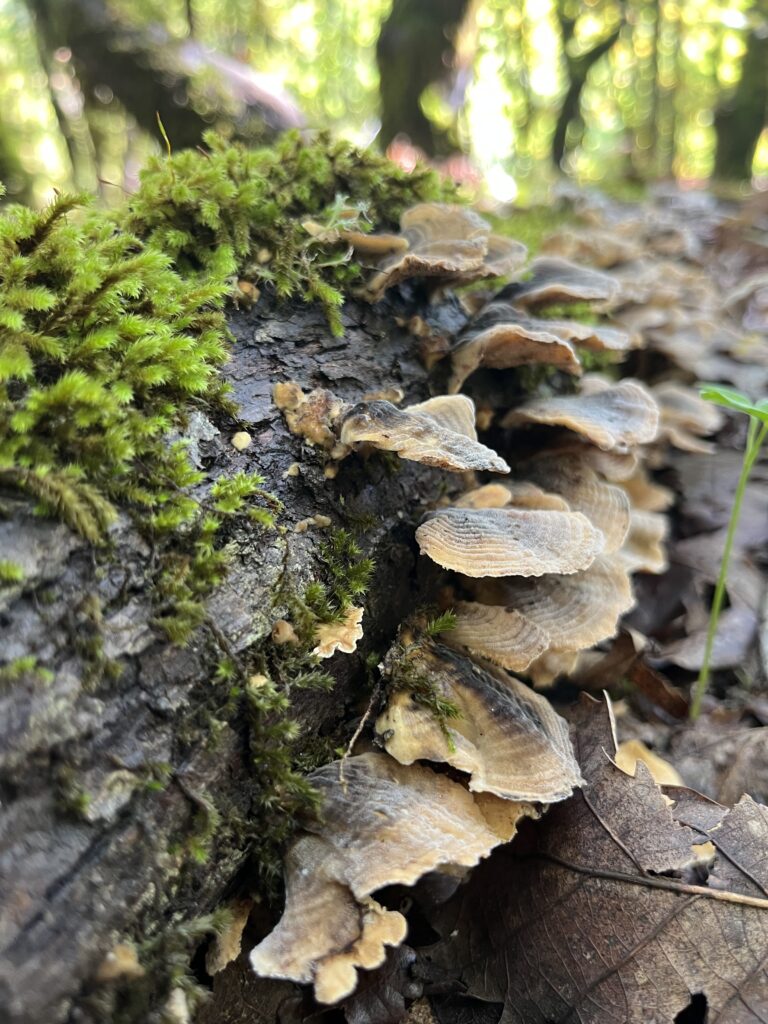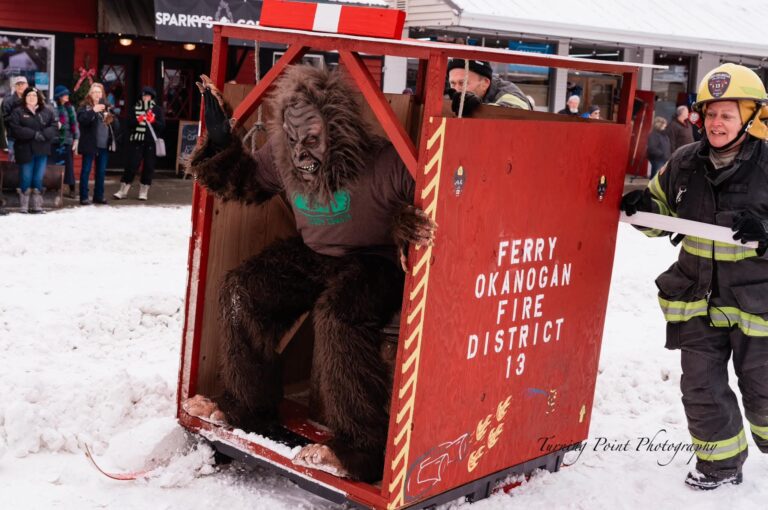I’m driving westbound on I-90 into the heart of eastern Washington’s channeled scablands, and it’s hard to envision trout fishing. Nothing here resembles the traditional “trouty” waters I grew up with. Basalt outcrops throughout the arid plains represent the only topography here in a treeless landscape that seems to have no business supporting aquatic life. But the land somehow gives rise to one the most legendary fishing streams in the region: a desert oasis known as Crab Creek.
Crab Creek is the longest ephemeral stream in North America, snaking its way through 163 miles of eastern Washington, yet the creek is relatively unknown to many. It’s not what many worldly fly fishermen would consider a destination stream. It doesn’t pass the eye test when compared to fabled places like Idaho’s scenic Kelly Creek. But what Crab lacks in traditional mountain trout stream scenery, it makes up for with its abundance of fish. The secret to Crab’s abundance of both water and fish is the fact that it’s fed entirely by springs that fluctuate above and below ground. The large size of the drainage is no indication of the stream’s volume, however. It isn’t much more than a trickle in many sections, with its average width being the length of your fly rod.
At the Tokio exit, just shy of Ritzville, I descend into a hidden valley that seems no different from everything that surrounds me. Skeptically checking my directions, I continue as the road takes a couple of sharp turns, abruptly dropping me one last time – and suddenly I see it: a lush sliver of life with tall green grasses surrounding a medium-sized creek that meanders as far as the eye can see.
Crab Creek’s duality can confuse the uninitiated. The creek might reveal itself as a picturesque run through a rimrock canyon. Meanwhile, downstream you may find only a dry creek bed. Local hydrology can also be affected by weather or heavy irrigation withdrawal and runoff. In spite of all this, Crab’s underground resources make it a consistent place to fish even when other streams are bloated by spring runoff.
Dropping a small bead-head nymph off the end of a 7-foot tippet, I work a small back-eddy while attempting a stealthy approach by hiding behind the waist-high brush – the only cover around – that borders the creek. I’m amazed by the depth in some places as the water clarity fluctuates between chocolate milk hues and crystal clear runs. A small nibble arrives, followed by a big tug. I set the hook and a large fish shoots downstream. Fortunately, the small space affords little room for the fish to operate, and within minutes I land and release my first Crab Creek fish, a well-fed redband rainbow trout with brilliant coloring from head to tail.
“What makes Crab so amazing is the abundance of food it offers to the fish,” says Pat Way, Owner of Orvis/Northwest Outfitters in Coeur d’Alene. “The healthy redband and brown trout here grow rapidly. With less than average fishing pressure, most fish fall into the 16- to 18-inch range, with fish hooked regularly over 20 inches,” says Way. “And of course the creek valley is spectacular with waterfalls, basalt cliffs and tons of wildflowers early in the year,” he adds.
You can fish Crab anytime, but the best time is mid-February through late June. While subsurface fishing with nymphs and streamers is the most productive, you can occasionally find some top-water action with small mayflies and midges. However, Crab Creek is a wild trout fishery where stealth and well-placed casts are crucial to success. New fly fishers may find it to be a challenging destination for this reason.
Crab Creek is 60 minutes west of Spokane and is most easily accessed via I-90’s Tokio exit 231. Upstream from where the creek and Rocky Ford Road North intersect, there are roughly 5 miles of perfect desert spring creek, stretching across a Bureau of Land Management parcel that ends where the creek is crossed by the Harrington-Tokio Road. While this BLM parcel is open to the public, the majority of the steam runs through private ranchlands that typically don’t offer public access. For more information about fly selection and current fishing reports, contact Pat Way at Orvis/Northwest Outfitters in Coeur d’Alene at 208-667-2707. //













